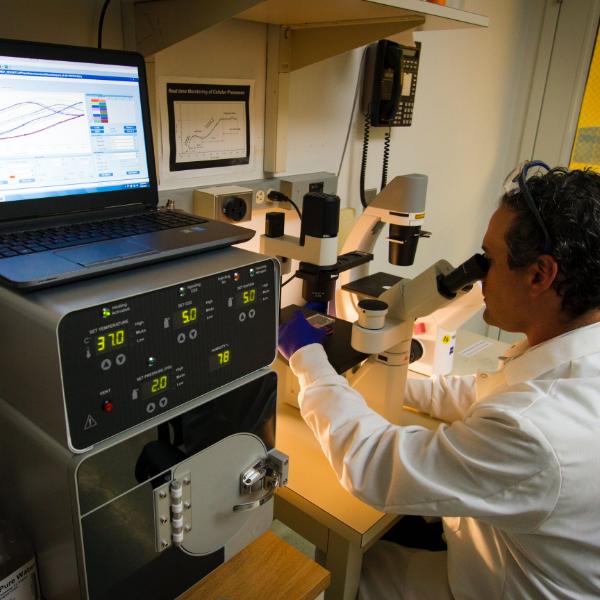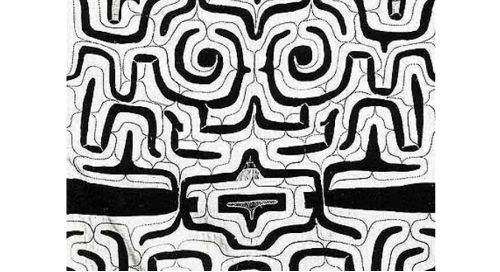atr
Primary source materials and digital archives continue to fundamentally change traditional research, providing researchers the opportunity to view and expand upon historical backstories, documents, and materials. Through access to images of records, case studies, manuscripts, reports, drawings, maps, photographs, periodicals, and more, the value of digitized archives to research, learning, and teaching cannot be overstated.
By restoring, digitizing, and cataloguing the archives of some of the world’s most influential academic and scientific societies and universities, Wiley Digital Archives (WDA) gives users access to unique primary-source content on an advanced platform that is designed to power research, support teaching, and foster learning.
We are excited to announce that Wiley Digital Archives continues to lead primary source discovery and analysis technology with Automated Text Recognition (ATR), an AI dedicated to manuscript search and exploration that offers full digital access to handwritten pages documenting seven centuries of the History of Science.
Automated Text Recognition (ATR)
ATR is an AI-driven image recognition program that analyzes handwritten documents, runs the images against a variety of datasets to determine the best match, then attempts to recognize words within these handwritten documents. ATR differs from Optical Character Recognition (OCR), which is the standard for most digital archival collections, in that OCR focuses on each individual letter in typeset materials but cannot read handwriting.

Source: https://www.wileydigitalarchives.com/platform/
Without ATR, a manuscript page can only be found via top-level metadata. The text isn’t searchable, and it can only be analyzed by reading it, which can be a taxing and time-consuming process. Through the introduction of ATR, manuscript pages are converted into typeset, all of the text is searchable, and it can be translated, cited, and analyzed with textual analysis tools.
ATR for researchers, librarians and professors alike
Students and researchers often favor, knowingly or unknowingly, printed material because it can crowd the top of a search results list based on how relevancy works (it’s searchable, and search terms can appear multiple times). ATR expands this search results list, powering easy, efficient, and meaningful search, discovery, and analysis of unique manuscripts, enabling focus on insightful content rather than time-consuming work.
ATR also supports publishing and institutional objectives, since acquiring unique primary sources that aren’t available anywhere else and are powered by ATR helps put researchers in your institution, and their work, ahead of the curve in their fields.
This new technology also powers virtual teaching; using ATR to seamlessly incorporate primary sources into the digital classroom makes that work more appealing, accessible, comprehensible, and intuitive to students.

Incorporating ATR into Wiley Digital Archives
There are hundreds of thousands of pages of handwritten text within the Wiley Digital Archives program, spread out across each archive. Through the incorporation of ATR into the WDA program, our analysis results will be different. New connections can be discovered, old paradigms or accepted wisdom can be challenged, and new discoveries will inevitably be made.
The implementation of ATR means that manuscripts and printed materials will come close to parity in their discoverability. ATR at this scale has to potential to change the nature of manuscript research and open the field to new researchers struggling with the requirements and skillset needed for intensive manuscript reading.
ATR will be applied at no cost to all Wiley Digital Archives content, and WDA will continue to be offered as a one-time purchase for perpetual access to unlimited concurrent users, without hosting fees.
WDA will be the only commercial archival program to implement ATR across all of our archival offerings.
To learn more about Wiley Digital Archives, request a demo, or start a free trial, visit: https://www.wileydigitalarchives.com/contact-us/.













